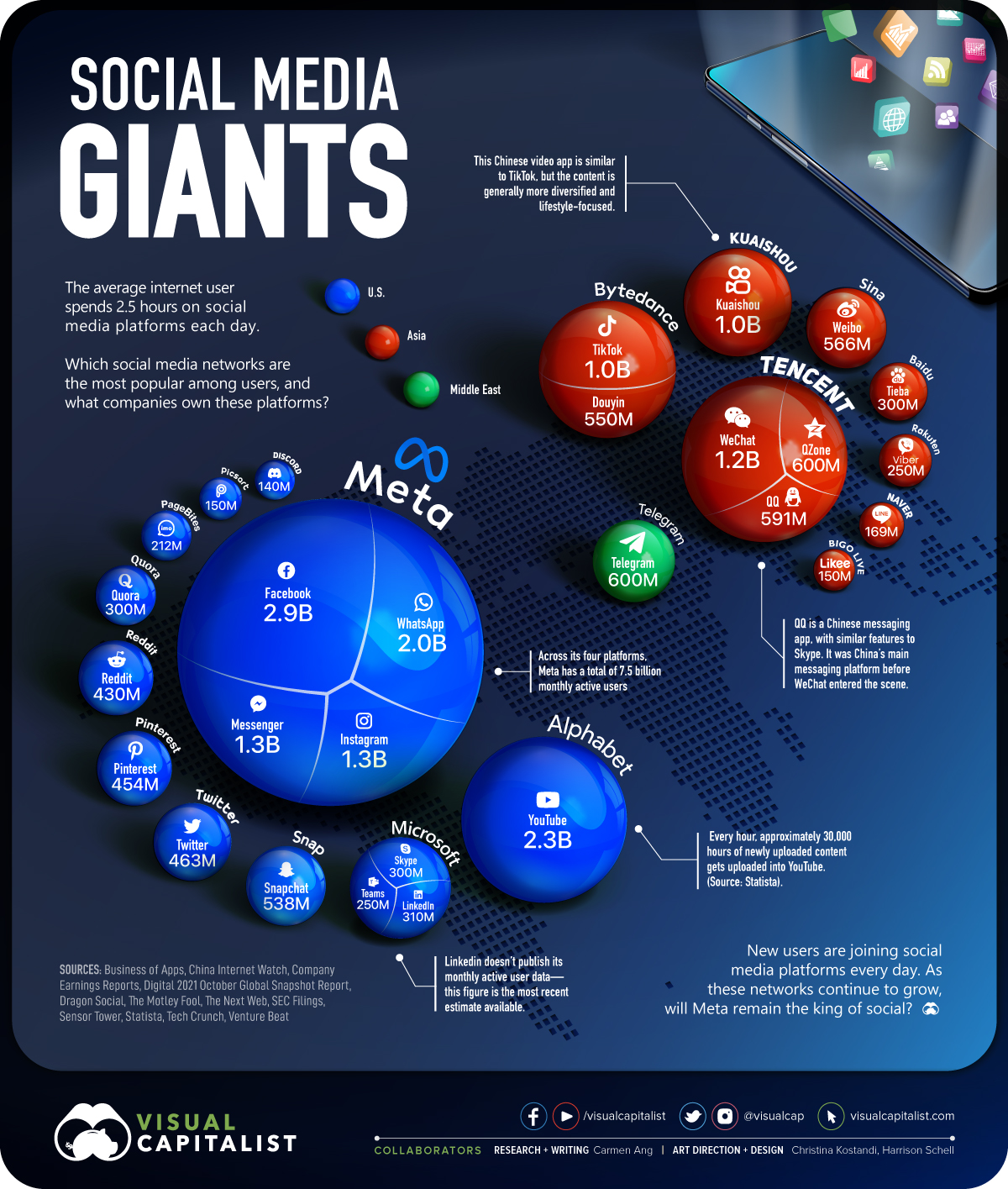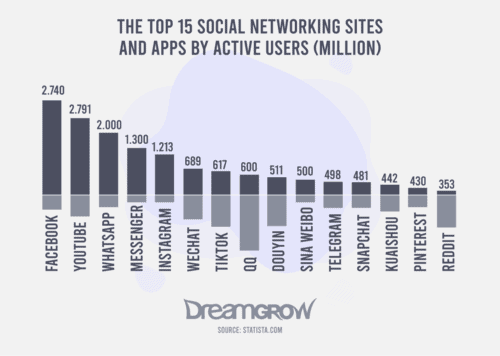

D85 - Microeconomics - Information, Knowledge, and Uncertainty - Network Formation.D82 - Microeconomics - Information, Knowledge, and Uncertainty - Asymmetric and Private Information Mechanism Design.D02 - Microeconomics - General - Institutions: Design, Formation, Operations, and Impact.D01 - Microeconomics - General - Microeconomic Behavior: Underlying Principles.C63 - Mathematical and Quantitative Methods - Mathematical Methods Programming Models Mathematical and Simulation Modeling - Computational Techniques.C62 - Mathematical and Quantitative Methods - Mathematical Methods Programming Models Mathematical and Simulation Modeling - Existence and Stability Conditions of Equilibrium.

C61 - Mathematical and Quantitative Methods - Mathematical Methods Programming Models Mathematical and Simulation Modeling - Optimization Techniques Programming Models Dynamic Analysis.C14 - Mathematical and Quantitative Methods - Econometric and Statistical Methods and Methodology: General - Semiparametric and Nonparametric Methods: General.C13 - Mathematical and Quantitative Methods - Econometric and Statistical Methods and Methodology: General - Estimation: General.More about this item Keywords Social network analysis peer-to-peer economics network science free-riding file sharing sociology NATs utility Gnutella Firewalls network economics incentive mechanisms The simulation shows the effectiveness of the topology formation algorithm and the high utility of nodes under this new file sharing scheme. Within the paper, we simulate the proposed topology formation algorithm, considering the real characteristics of the Gnutella P2P network and realistic network topologies. Following this approach, free-riding in P2P networks will be avoided by not providing better-than-basic service if peers do not reveal their social relationships. The idea is that users are willing to contribute their resources to a P2P network if they know that their resources directly benefit their friends and family. The topology of the P2P network is based on the actual social relationship between peers (users). The algorithm extends the Gnutella P2P file sharing technology, which uses super nodes for searching and for relaying shared files between network leafs that are located behind Firewalls/NATs. This paper applies the theory of social networks to P2P systems, creating a social-network-based P2P network topology formation algorithm for file sharing.


 0 kommentar(er)
0 kommentar(er)
